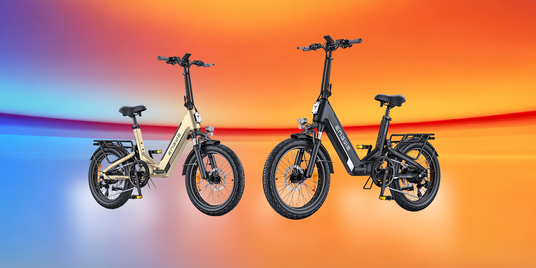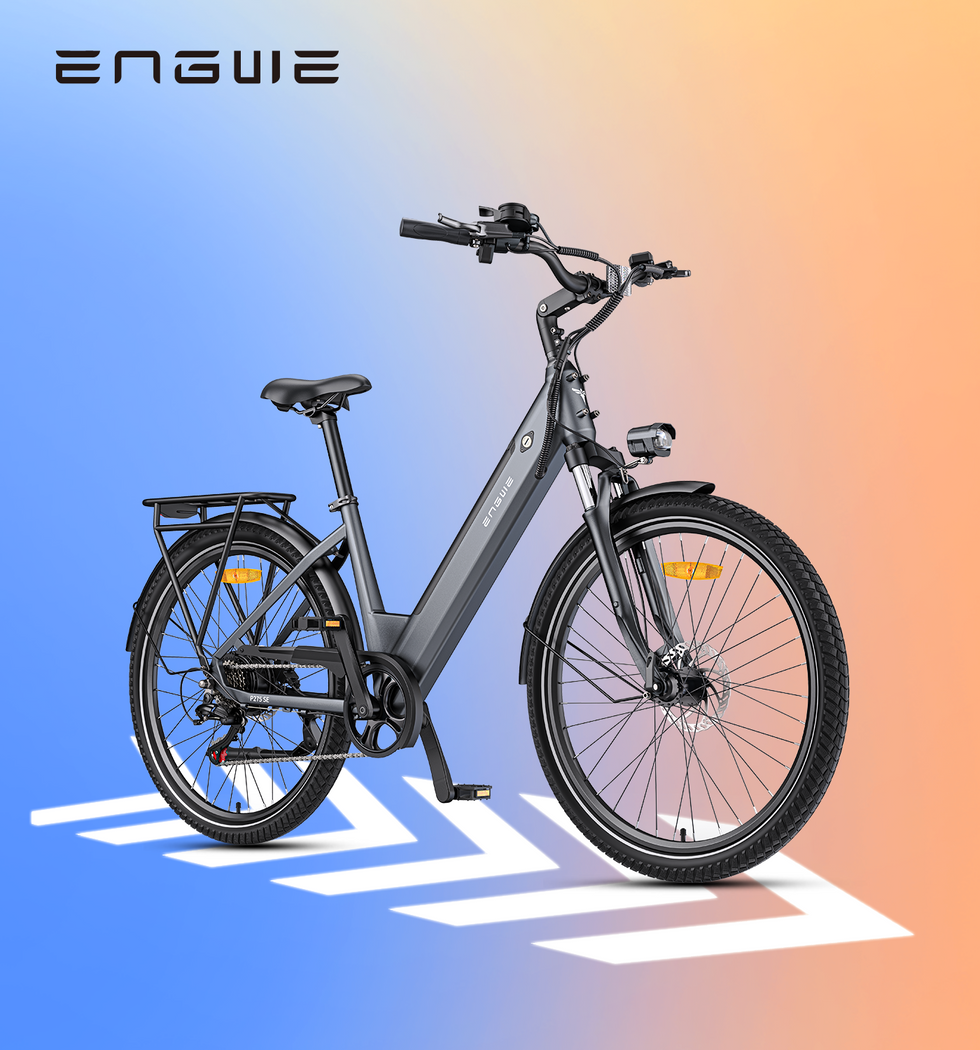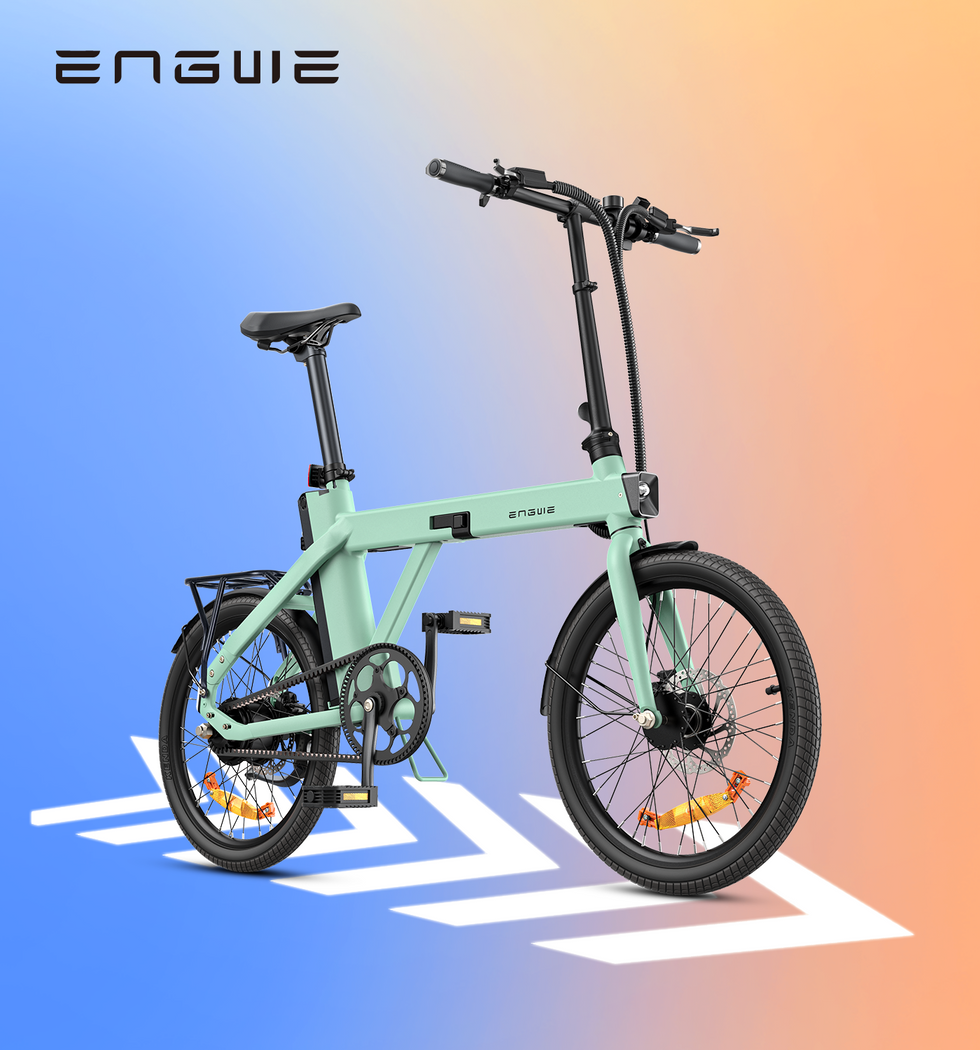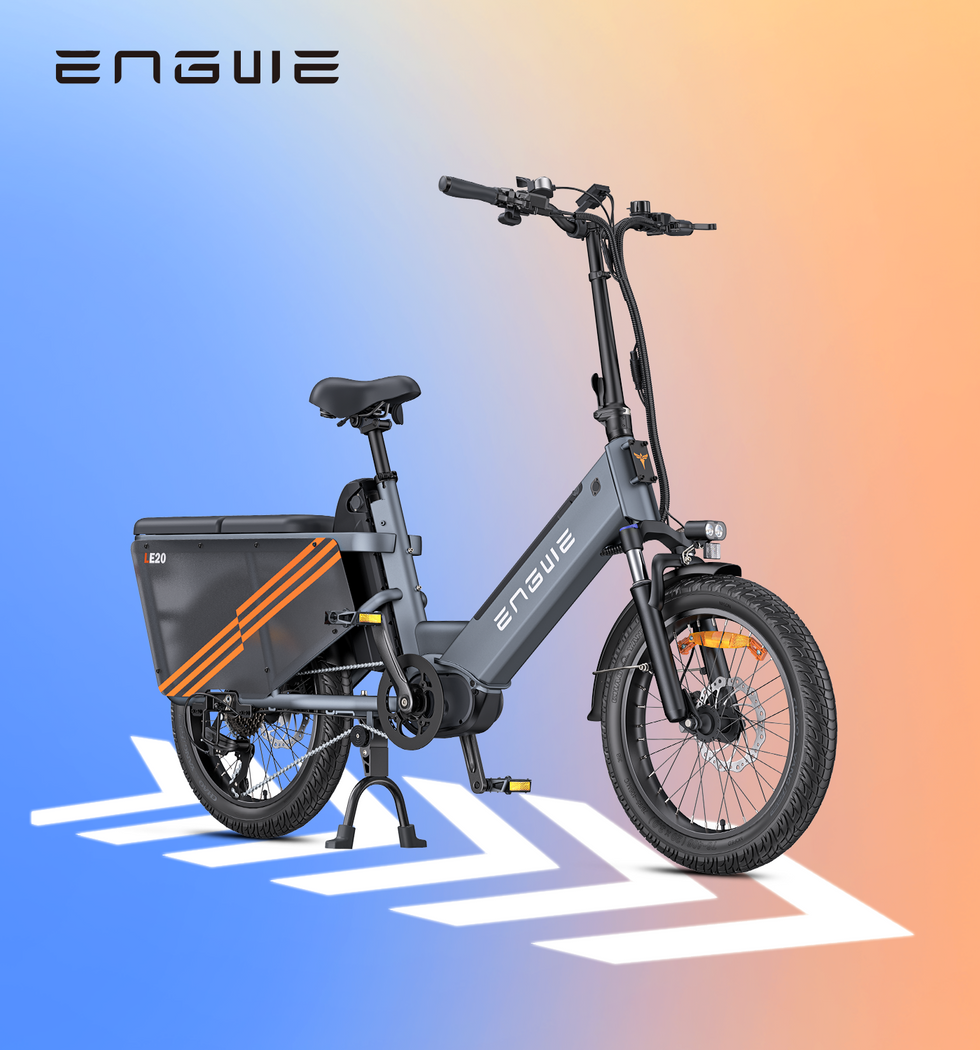There is simply nothing like off-road riding. There is nothing like the wind in your face, conquering your terrain, feeling the freedom of the road less travelled. This world was once filled with the noise and fiddle of petrol engines. But these days, a quiet revolution is taking place. The electric dirt bike has opened a new frontier of silent, fire-breathing, dirt tossing adventure, and it’s terrific. But this new market can also be confusing to navigate. With a stream of new models and techno-babble, how do you get the machine that’s truly right for you? This guide is intended to help you cut through the chatter, answer what you’re really asking, and prepare you to make the perfect decision.
As a rider who has logged many a mile across a variety of trails, I know what matters most when you’re out in the wild. It’s not only about the biggest motor or the flashiest design. It’s about dependability, intuitive control and the seamless feeling that a bike is an extension of yourself. Before we get into the details, it’s important to address the basic set of questions every future buyer has to contend with:
| User's Core Concern | Why It's Important | What You Need To Know |
|---|---|---|
| 1. How powerful do I really need? | A comprehension on motor wattage and torque will affect how your bike can climb, accelerate, and feel. Too little power can be frustrating, too much can be overwhelming for a new rider or illegal on the road. | What’s the difference between Watts and Newton-metres (Nm) of torque? Match these specifications to how you plan to use the machine: steep hills or flat trails. |
| 2. Will the battery survive my ride? | “Range anxiety” is a legitimate worry. Nothing kills a day out faster than having to push a heavy electric bike home. Real-world performance can be very different to the advertised range. | Check out battery capacity (Volts and Amp-hours). Calculate what affects range: rider weight, terrain, temperature and how much electric assist you use. Can the battery be removed and is it easy to charge? |
| 3. Is it capable in the terrain I like to ride? | A bike built for groomed gravel paths might not fare so well on muddy, root-covered forest trails. Its abilities rely on thousands of dollars of parts and pieces. | Check out the tyres (fat vs knobbly), the suspension (front, rear, or both?) and brakes (disc only for me). They're the parts of the bike that keep you in touch with the trail, the parts that make the difference between riding fast and safe or slow and slippery. |
| 4. Where can I legally ride it? | This is one of the most important and most overlooked questions, especially in the UK. The difference between a road-legal electric bike and a pure off-road machine is huge and has huge legal consequences. | Know your UK EAPC (Electrically Assisted Pedal Cycles) law. This will decide whether you can use them on public roads and cycle paths or are limited to private land. |
| 5. What’s that maintenance actually look like? | The dream of an electric bike is that it’s largely maintenance-free next to a petrol version. But what are you actually signing up for on a daily basis? | Learn about critical maintenance tasks: caring for your chain, checking the brake pads, managing battery health and cleaning. Being aware of this up front eliminates those surprises and maximizes the life of your ride. |
Performance and Versatility - Our Top Pick
Rather than dive into the nuts and bolts straightaway, let's give a quick nod to a model that admirably serves both roles - the ENGWE EP-2 Boost. This e-bike is different because it doesn’t make you decide between mud track joy or urban convenience. Its design philosophy is the go-anywhere, do-anything sort. That’s the base recipe, the heart of which would be its sturdy yet cleverly foldable frame that easily collapses, making it great for storage and transport to your favorite trailheads. To help deliver that power to the ground you have massive 20 x 4.0 fat tyres that give an enormous contact patch for maximum grip behind (and on top) of the bars, on dirt, gravel, sand or even bumpy city streets. Where the Boosts really shine – power delivery. A EU law 250W brushless motor with upgraded torque sensor. That means the bike cleverly and smoothly responds to your pedalling effort in a way that delivers power where you want it, when you want it, resulting in a very natural and intuitive-feeling ride. Press the Boost button and an amazing 55Nm of torque is at your fingertips for when (hypothetically) you need to tackle the steep stuff. It gives a fantastic range of up to 120km, so you can say goodbye to range anxiety unless you’re looking to conquer Everest on one charge. Safety and stability are covered with powerful 180mm front and rear mechanical disc brakes, which provide reliable all-weather stopping to help prevent accidents. And the SHIMANO 7-speed transmission system gives you the perfect gear in a variety of situations. The ENGWE EP-2 Boost is something of a masterclass in versatile design and, as such, ticks all the boxes for riders who want their single electric bike to do it all.

1. Deconstructing Power: What Do Watts and Torque Actually Mean?
When you’re comparing specs, two power-related figures stand out: Watts (W) and Newton-metres (Nm). There are parts where you can get lost, but the idea is straightforward. Think of Watts as the horsepower of the motor, its ability to maintain speed and operate efficiently without fail over time. For UK road-legal electric bikes (EAPCs), it is limited to a continuous power of 250W, which is more than enough to meander along flat tracks and to take on gentle inclines. Where it gets more interesting for off-road riding is torque, in Newton-metres. Torque is the twisting force, or the "pull" of the motor. It’s the stuff that gets you going from nothing, and, even more importantly, pulls you up steep, loose, technical climbs. A high-torque bike will also be more punchy, helping you up hills with less effort. For example a bike with 55Nm of torque delivers a generous and very real helping hand when the trail starts to point upwards. For the true "dirt bike” feel, you definitely want to have good balance, but when it gets to torque, the higher the figure, the bigger indication of a bike’s off-road climbing ability.
2. Battery Life and Range: Powering Your Adventure
Think of your battery as your tank of fuel. It is rated in Amp-hours (Ah) and Volts (V). Multiply these and you get Watt-hours (Wh), the best measure of the battery's capacity. A higher Wh figure is generally better for longer range. That’s not to say you won’t get 100km out of your battery, but rather you COULD get “up to 100km” in perfect conditions…the way you COULD get “up to 100Mbps” from your broadband service. The manufacturers' “claimed range” like that (120km) is typically calculated at PAS 1, at an average male weight of 75 kg, in ideal conditions, on the flat. As soon as you start hammering up hills, running at higher assist levels or riding into the wind, you'll see that range drop. A good rule of thumb is to take 20-30% off the maximum figure quoted, to get a mixed-terrain, real-world estimation. The most practical feature that has finally arrived is a replaceable battery. This is a game-changer. That means you can lock your bike and bring the battery inside to charge at any standard wall outlet. That also makes the bike lighter to hoist onto a car rack and is a fairly robust anti-theft measure, as a bike without its battery is a much less attractive target for casual thieves.

3. Trail Ready: Tyres, Suspension and Brakes
The parts of your electric dirt bike are what keep you connected to the ground and in control. Let's start with the tyres. Big rubber, usually 4 inches wide, is great for beginners and for softer surfaces like sand, mud, and snow. They have a wide, solid footing and have an element of natural suspension. For more aggressive, technical riding you may notice narrower, "knobbly" mountain bike style tyres which are designed to bite into the ground for maximum grip in corners. Next is suspension. A front-suspension fork is critical for real off-road riding. It soaks up the jarring bumps and hits from rocks and roots, saving your arms and hands from needless wear and tear and taking the sting out of long days in the saddle all while giving you more control.
Recommended Use: mountain biking, commuting, trail, cross-country,
Manufacturer Warranty: 1 year
Finally, brakes are non-negotiable. Seek out disc brakes, either mechanical or hydraulic. Mechanical disc brakes work well and are easier to maintain, and hydraulic ones provide greater, more controlled stopping power, with less force from your hands. Larger brake rotors (180mm, for example) are a good thing for heavy electric bikes, in that they can help dissipate heat and maintain braking consistency on long descents.
4. The Rules of the Ride: UK Legality Explained
For the UK-based rider this, perhaps, is the key section. In the UK, for an e-bike to be dealt with in law as a normal bike (i.e. you can ride it on roads, cycle paths and bridleways) it must conform to EAPC guidelines. This means three key things: the motor can only have a maximum continuous power output of 250W, assistance should stop when you hit 15.5mph (25km/h) and the motor should not provide assistance unless you pedal (so no twist-and-go throttles). Any electric bike that breaks these limits — so, a bike with a 500W or 1000W motor, or a bike powered by throttle only that can get you past 6km/h — is not an EAPC. It is legally defined as a moped or motorcycle, and must be registered with, and taxed, and insured by the appropriate authorities, and the rider must have a driving license, and wear a helmet. For these higher powered bikes, their use is limited to private land with the landowner's permission. Knowing the difference is important so that you purchase a bike you can ride where you live.

5. Living with Your E-Bike: Simple Maintenance to Ensure Your E-Bike Lasts
One of the main reasons to get an electric bike instead of a petrol version is that they are low maintenance. There are no oil changes, no carburettors to clean, no complicated engine to be serviced. However, they are not zero-maintenance. It’s simple to maintain your ride in top form. Chain care is the most significant of these. A clean, well-lubricated chain will feel smoother shifting and last longer on your drivetrain. Continue to monitor your tyre pressures, which have a huge bearing on both ride comfort and range. Watch out for wear and tear on your brake pads, particularly if you are heavy on steep descents. You’ll also want to be somewhat careful with the battery; keep it out of extremely hot or cold temperatures, don’t leave it empty or completely full for long periods, and so on. Regular hosing off after mucky rides will help prevent corrosion and keep all the moving parts content. Here are some simple routine practices that will keep your electric dirt bike ready for your next adventure.
And now that you know the things to consider before purchasing one, you’re ready to buy the best electric dirt bike and experience a whole new adventure.



